The Hells Angels Motorcycle Club is one of the largest biker clubs in the world. What started off as a way for veterans to connect and create a sense of comradery has developed into a worldwide organization. In recent years the Hell’s Angels have been involved in shooting sprees in Las Vegas, drug running throughout the world, and various other criminal enterprises. From being a crucial part of the 1960s counterculture to club members killing each other, see how the Hells Angels grew to what it is today. Wait until you see what it takes to join the notorious biker gang.
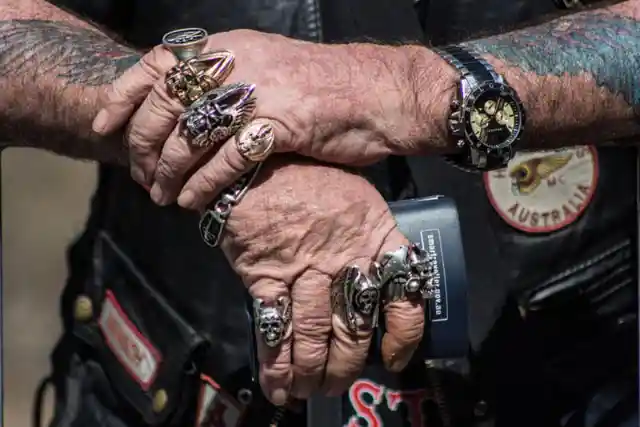
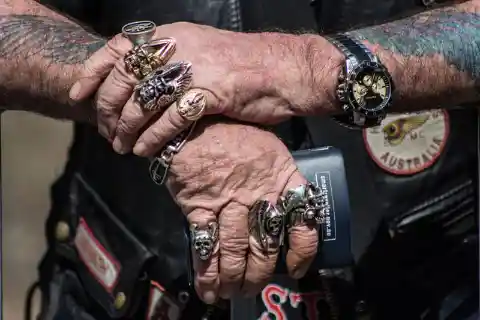
For the most part, it’s commonly accepted that the Hells Angels were officially formed on March 17, 1948, in Fontana, California. The founders included the Bishop family as well as a few other World War II veterans that came together from various post-war motorcycle clubs such as the Pissed Off Bastards. Despite various news and criminal reports, the Hell’s Angels say they got their start because It was started because military surplus made motorcycles affordable, and post-war life had left many young men feeling stagnant and missing their sense of soldier comradery. The club’s name was even inspired by the US Navy, Army, and Marine’s as you’re about to learn…
For the most part, it’s commonly accepted that the Hells Angels were officially formed on March 17, 1948, in Fontana, California.
The founders included the Bishop family as well as a few other World War II veterans that came together from various post-war motorcycle clubs such as the Pissed Off Bastards. Despite various news and criminal reports, the Hell’s Angels say they got their start because It was started because military surplus made motorcycles affordable, and post-war life had left many young men feeling stagnant and missing their sense of soldier comradery. The club’s name was even inspired by the US Navy, Army, and Marine’s as you’re about to learn…
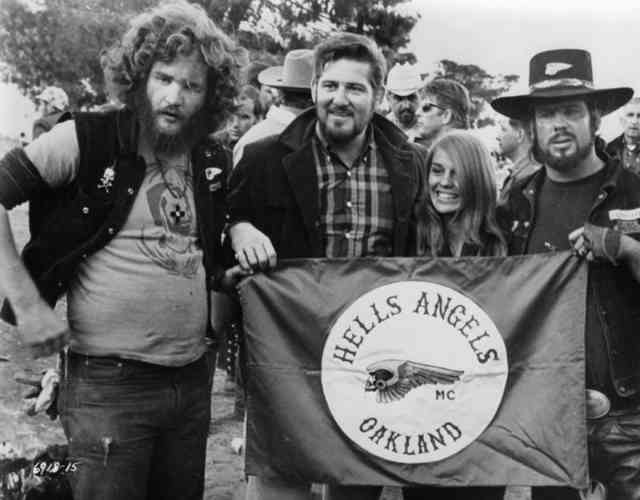
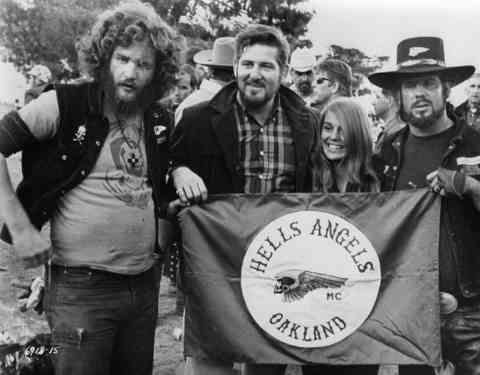
The name Hells Angels was believed to have been suggested by an associate of the founding members named Arvid Olson. Olson had served in the Flying Tigers “Hell’s Angels” squadron in China during World War II. The nickname “Hell’s Angels” is one of the many nicknames that came about from the tradition of American soldiers giving their squadron fierce and intimidating nicknames in World War I and II. Hell’s Angels charters started without ever knowing each other…
In the early years, the club began to spread across California moderately quickly. According to the founder of the Oakland charter Ralph “Sonny” Barger, the earliest charters in California were founded in San Francisco, Oakland, Gardena, Fontana and a few other lesser-known areas.
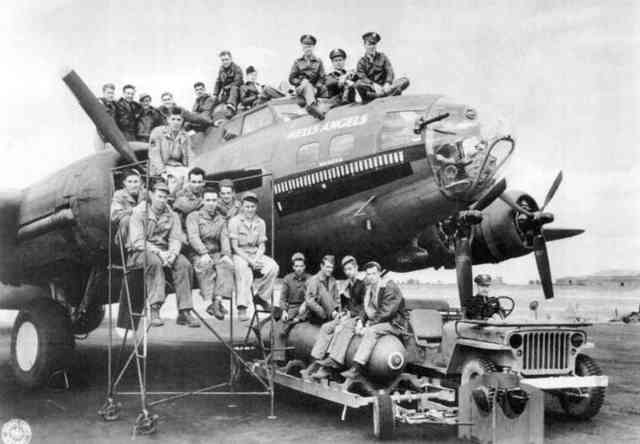
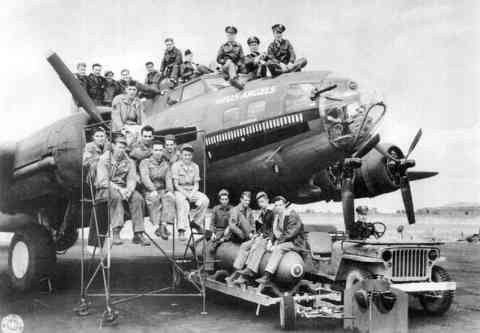
At the time, the charters were only concerned with themselves and were unaware of all the other charters that existed. Eventually, during the 1950s, the different groups came together and unified to establish a large-scale organization and implement a system of internal codes and criteria for admission. Once established the group was the epitome of 1960s counterculture…
During the 1960s, the Hells Angels became a large part of the counterculture movement, especially in California. They were very prominent in the Haight-Ashbury district of San Francisco and were frequent attendees of the local music and social events.
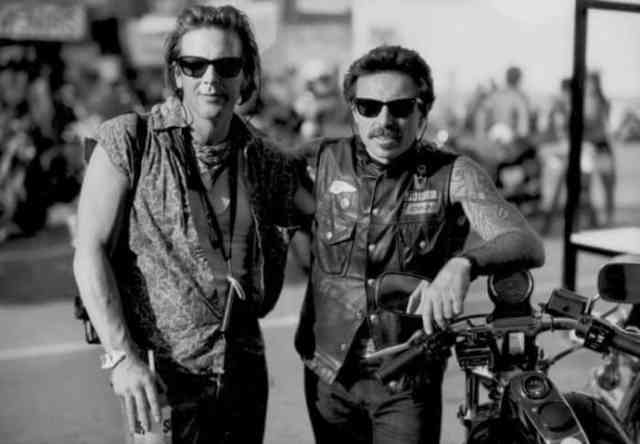
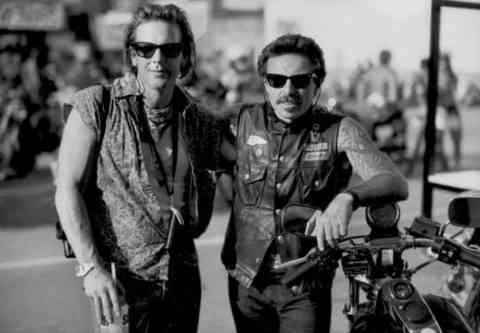
Numerous members were also connected to the counterculture’s primary leaders in music and expression, such as Ken Kesey, the Merry Pranksters, Allen Ginsberg, Jerry Garcia and the Grateful Dead, the Rolling Stones, and more. Believe it or not, the Hell’s Angels don’t want a bad reputation as we’re about to explore.
The Hells Angels, as well as a select other few motorcycle clubs, call themselves a one percenter biker club. The phrase is a 50-year-old title that goes off the old saying that 1% of troublemakers give a bad name to 99% of bikers.
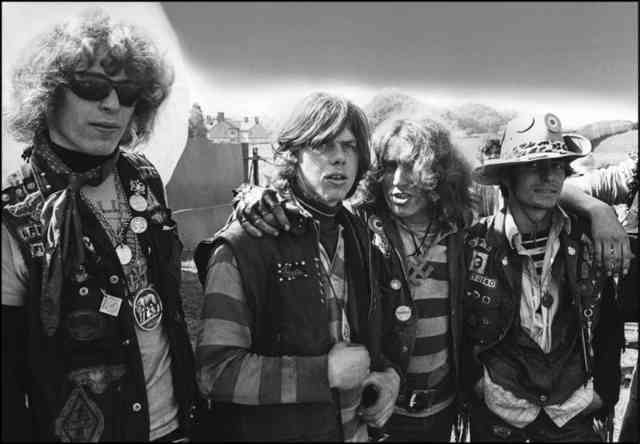
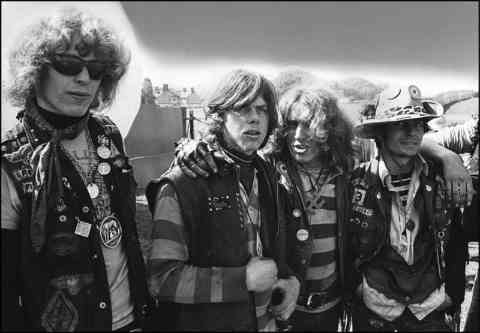
The name is supposed to help them separate from all of the negative stereotypes surrounding biker gangs and the Hells Angels in particular. Despite the name, numerous members have been convicted of crimes ranging from murder to drug selling. The club is growing rapidly and not just in the United States…
In the beginning, the Hells Angels were strictly based in California but spread internationally in 1961. That year, the first charter outside of California began in Auckland, New Zealand. This opened the floodgates and the motorcycle club began to spread around the world.
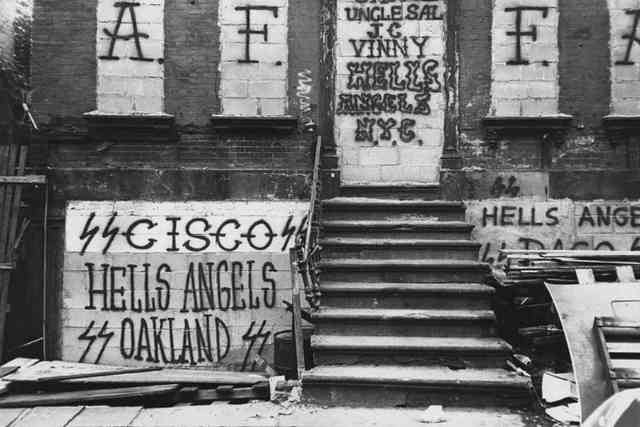
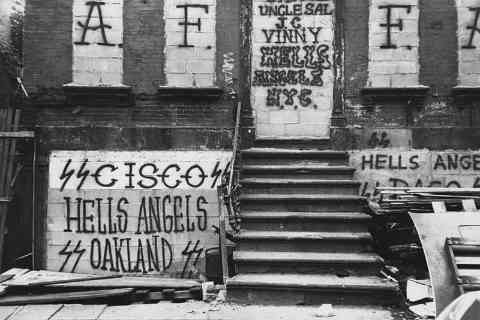
In 1969, the first European charter was opened in London. There are now more than 275 charters in Europe alone. From the 1970s to now, there have been charters established in Australia, Brazil, South Africa, Eastern Europe, and more. New areas are currently being prospected. But what does it really mean to be a Hell’s Angel? Let’s examine their culture.
The Hells Angels have a fairly obvious way of letting people know who they are. They will almost always be seen wearing a leather or denim “cut” which is slang for a motorcycle vest. On the cut, they have various patches such as Hells Angels written on the back with the name of their charter at the bottom.


If they are a full member, they will also have the red and white-winged “death head” logo, the letters HAMC (Hells Angels Motorcycle Club) and the number 81. 81 stands of the letters H and A with H being the eighth letter of the alphabet and A being the first. Over the course of their time in the club, a member can also earn other patches. Do you have what it takes to become a Hells Angel? Here’s how to get started.
Becoming a member of the Hells Angels Motorcycle Club is no easy task. It is a process that can take up to a few years to achieve if you even make it that far. To start, you must have a valid motorcycle license, own a Harley Davidson motorcycle over 750 CC and have a personality that is cohesive with the rest of the club.
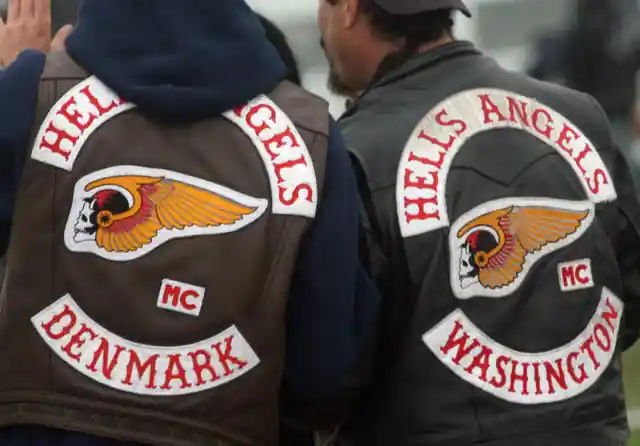
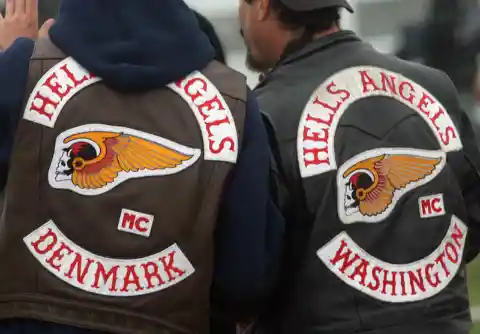
You cannot have been accused of child molestation or have ever applied to become a police officer or prison guard. Other requirements are unknown to the general public. But first, you have to “hang around…”
Becoming a member of the Hells Angels Motorcycle Club is no easy task.
After being deemed as eligible, a prospective member can become a “hang-around.” This is the first stage of the process. The candidate can be invited to some club meetings or meet other club members at open gathering places.
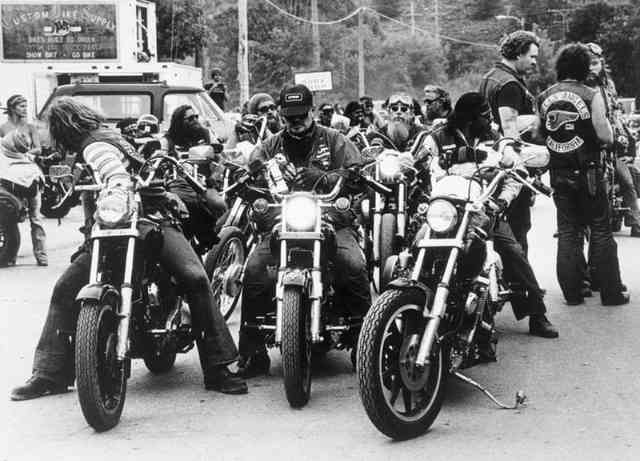
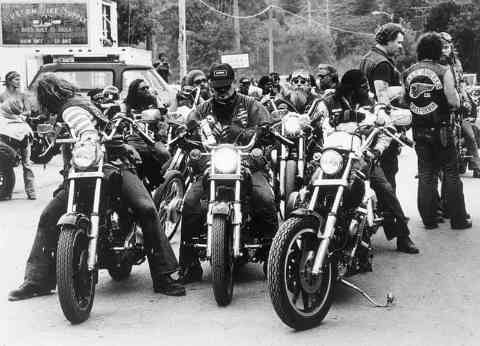
Being a hang-around gives you the opportunity to meet other members, make connections, and have a taste of the lifestyle that comes with being a member of the Hells Angels. Keep reading to see what a few patches represent. You’ll want to stay away from guys you see with some of these…
After some time, if the hang-around is still interested, he may be asked to become an associate. During this time, the associate will spend a few more years attending events, spending time with members, and proving their worth to the club. After an unspecified time as an associate, you can move up to become a prospect.
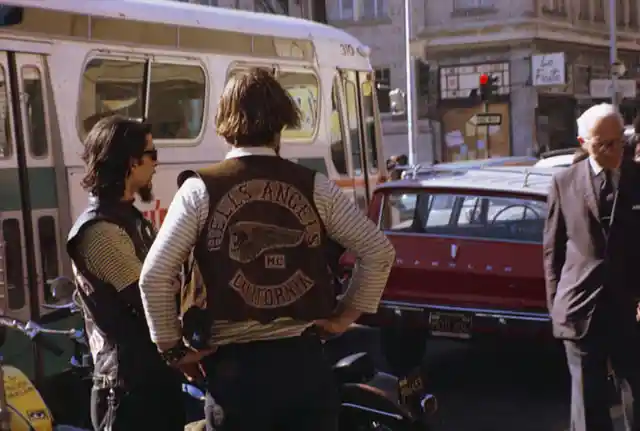
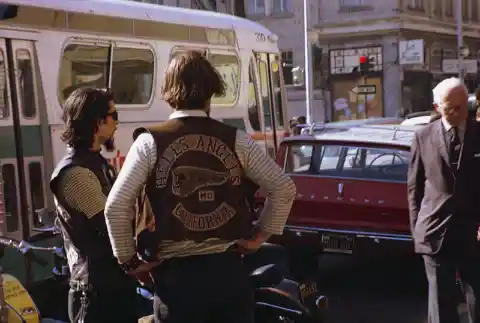
Although prospects can attend closed meetings, they still aren’t allowed to vote on club business. Prospects are put to the test by the members who are making the decision to whether they want to initiate the prospect as a fully-patched member of the club. Prospects are allowed to wear a cut with a patch with the state or territory of their charter. The Hell’s Angels are a full-out unanimous democracy…
The final step in the process is being voted in as a fully-patched member. In order for this to happen, the prospect must be voted in unanimously by the rest of the charter. However, prior to the voting, the prospect usually goes to each charter in the area to introduce himself and show his devotion to the club.
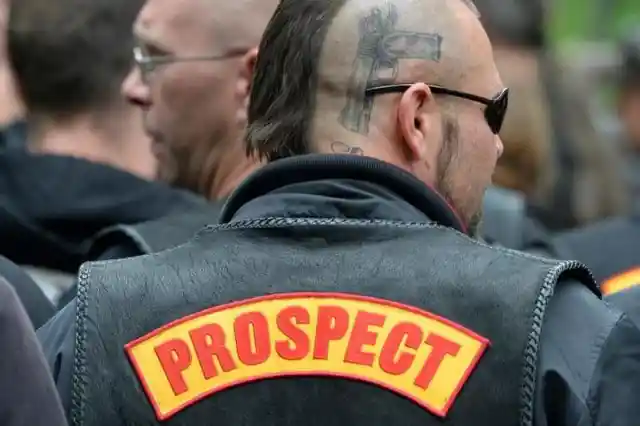
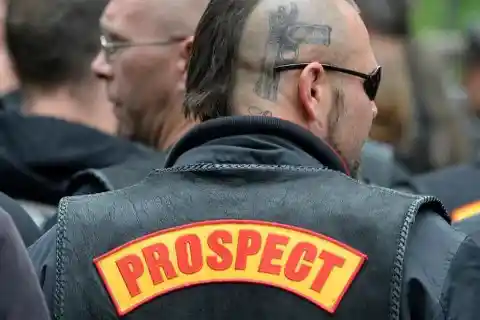
After being voted in by his own personal charter, he is given his top Hells Angels rocker and winged death head logo which are awarded at an initiation ceremony. The act of successfully achieving the title of a full member is referred to as “being patched.” You won’t want to mess with a guy wearing this next patch.
In the book Gangs, by Tony Thompson, Thompson describes that there are other patches that are earned by members for specific deeds. One such patch is the Nazi-style SS lightning bolts with the words “Filthy Few.” This is believed to be a patch that is awarded to members that already have or are willing to commit murder for the club.
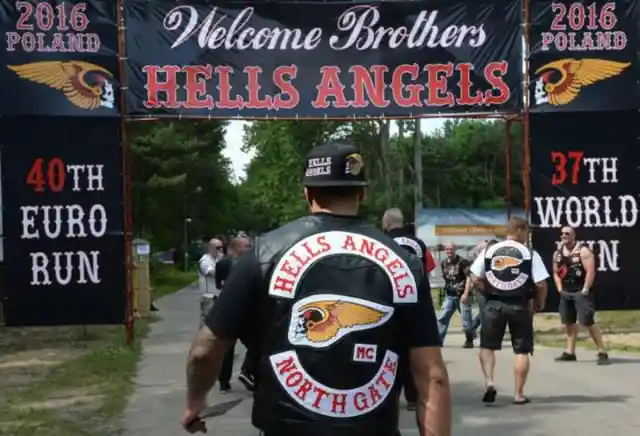
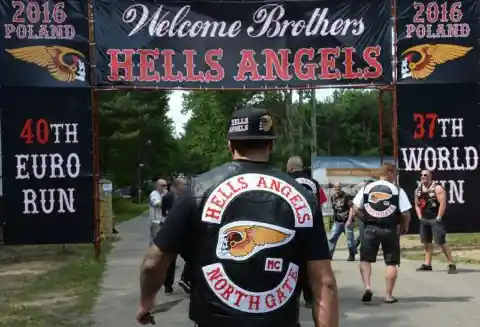
There is also another patch that is known as the “Dequiallo” patch. This particular patch is worn by those that have met law enforcement with violence while being placed under arrest. There are other secretive patches which members sport to show their dedication to the club and the things they have accomplished. Did you know of the Hunter S. Thompson connection? He lasted a year before he got beat up.
“Gonzo” journalist Hunter S. Thompson actually got his career started with the help of the Hells Angels. For his book Hells Angels: The Strange and Terrible Saga of the Outlaw Motorcycle Gangs, he actually spent a year living with the club. He lived their lifestyle and rode a motorcycle with them.
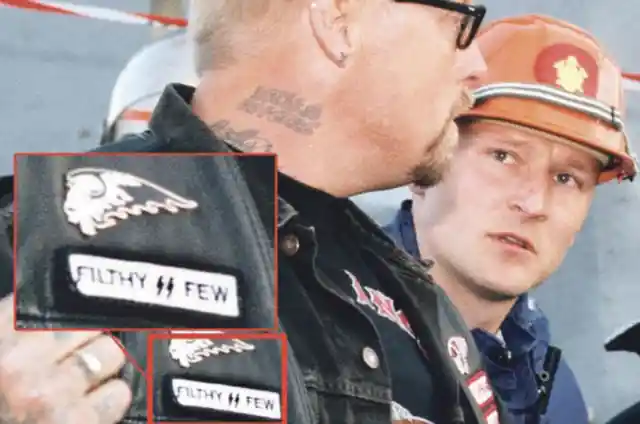
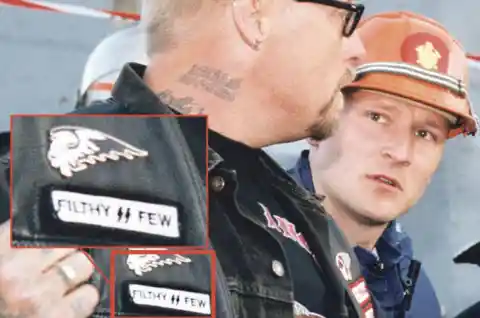
However, the writer had a falling out with the club. Thompson tried to stop a man from beating his wife and ended up on the receiving end of a beatdown of his own. Furthermore, the biker gang accused him of exploiting them for personal gain and wanted a share of the profits. The book was a huge success and Thompson paid the group nothing. The next example shows the true nature of some Hells Angels.
At a concert held at the Altamont Speedway in 1969, the Hells Angels were hired as event security. Although it’s still debated who actually hired the club, there was a general consensus from the crowd and musicians that it wasn’t a good idea. Aside from beating up rowdy concertgoers, a more severe situation occurred when a man named Merideth Hunter pulled out a pistol.
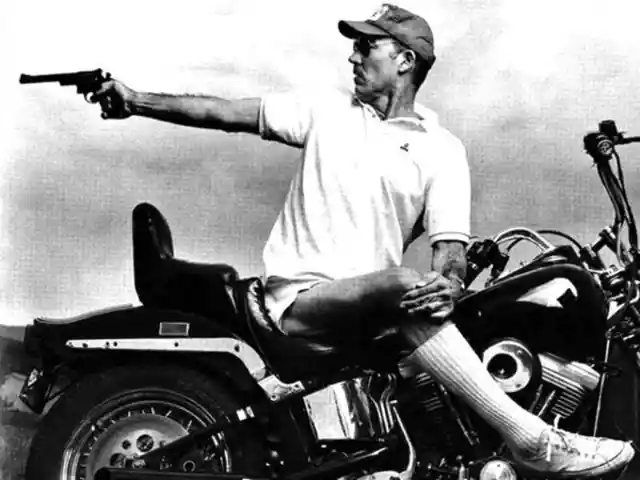
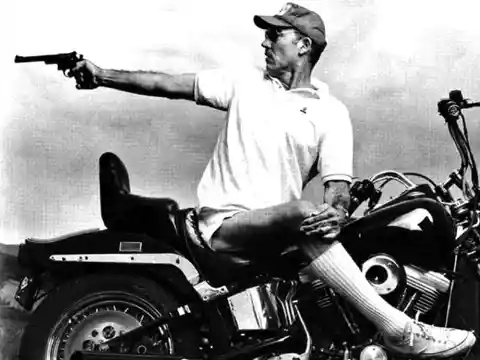
He was quickly attacked by a Hells Angels members, including a man named Passaro who stabbed him to death while he was on the ground. Passaro was arrested for murder but was acquitted when footage was recovered of Hunter with the gun and Passaro acting in self-defense. Claims of racism have surfaced but is it true?
Although the motorcycle club claims that it is not a racially segregated organization, just by looking at its members, you may think otherwise. In an interview from 2000, Sonny Barger stated: “The club, as a whole, is not racist, but there are probably enough racist members that no black guy is going to get it.” It’s also been said that if you’re white then you join the Hells Angels and if you’re black you join the Dragons.
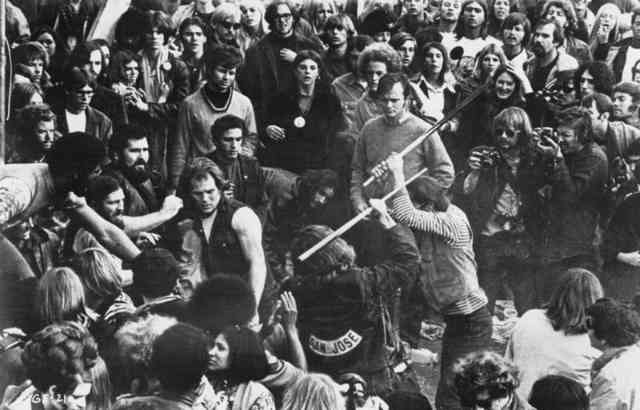
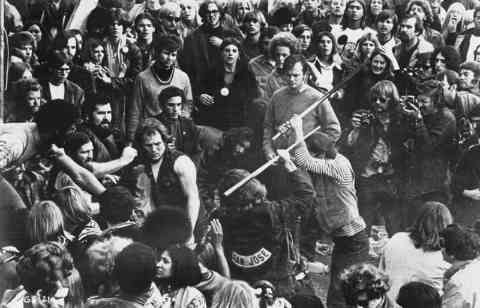
However, Tobie Levingston, the leader of the Dragons, has said that he and Sonny have a long-lasting friendship and that the two clubs get along with one another. Up next: The Lennoxville Massacre showed a terrifying side of the club.
Some of the Hells Angels own charters don’t see eye-to-eye. In 1985, five members of the Hells Angels North Laval Quebec were murdered by members of the Montreal, Quebec, and Nova Scotia charters.
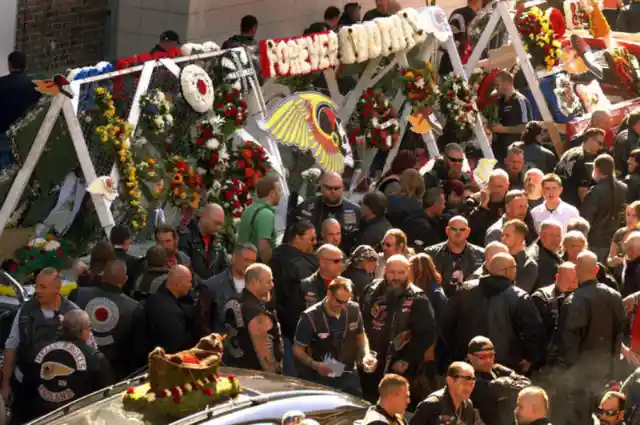
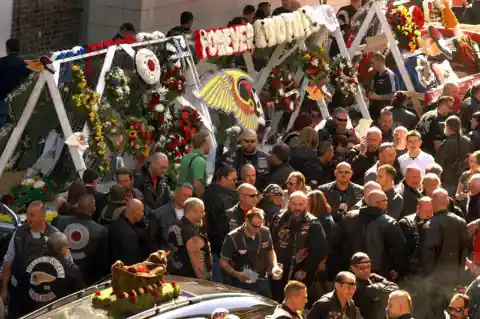
The victims were thought to be liable members, so they were invited to the Lennoxville clubhouse where they were beaten, shot, and their bodies were thrown into the St. Lawrence River. Five of the members involved were sentenced to life in prison but were all released by 2013. The incident is known as the Lennoxville Massacre. Check out which REAL Hells Angels appeared as regulars on Sons Of Anarchy.
The fictitious television show Sons of Anarchy, created by Kurt Sutter, is loosely based on the Hells Angels club. Many of the events and plot points of the show are based on real-life events that the Hells Angels have encountered throughout the history of the club.
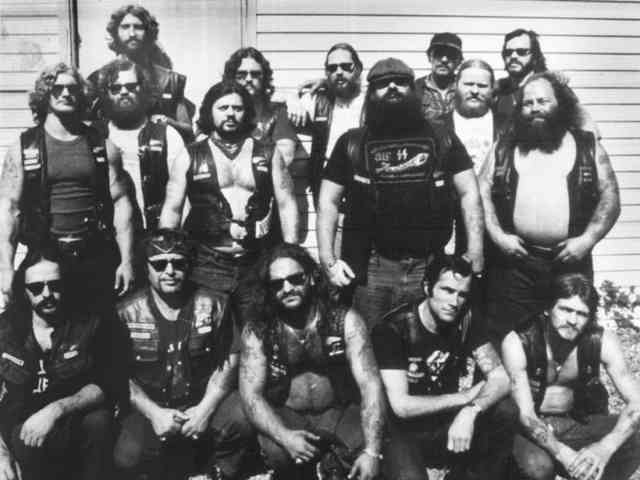
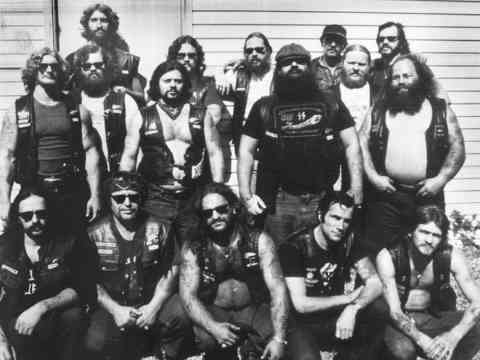
There are even real Hells Angels members in the show such as David Labvrava, Chuck Zito, Rusty Coones, and Sonny Barger. Kurt Sutter even had Labrava as his technical advisor to make the show as realistic and accurate as possible when it comes to depicting a motorcycle club. He was also a major character in the show who played the character “Happy” for the entirety of the show.
Over the years, Sonny Barger has proven himself to be the face and authority of the Hells Angels. Although every charter has their own president and is relatively self-governed, Sonny Barger is the man everyone looks up to. He is the president and original founding member of the Oakland charter.
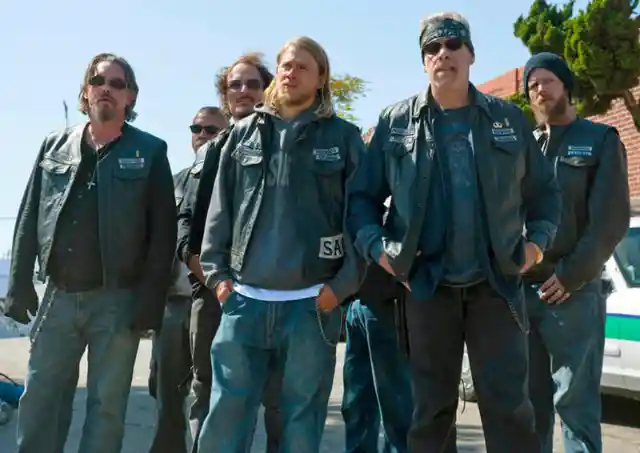
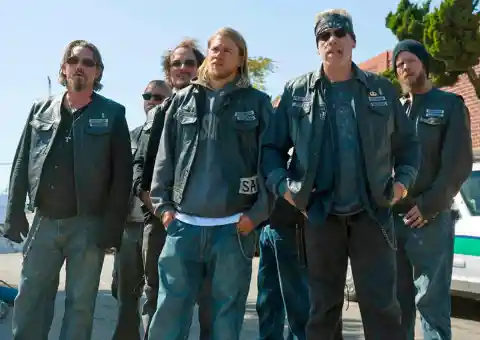
At 78-years-old and still riding, he has the longest membership of anyone in the club and has managed to stay out of prison for the majority of his life. He served four years for trying to blow up a rival gang’s clubhouse in 1988 but other than that has relatively succeeded in staying out of trouble. Because of his reputation, Barger has been in numerous films and television shows and has authored books about his life and the club.
While Sonny Barger may be the face of the Hells Angels who represents the good of the club, Maurice “Mom” Boucher did the opposite. He is one of the most notorious ex-presidents in the club’s history. He was president of the Montreal charter during the eight-year-long Quebec Biker War and is currently serving three life sentences after being convicted of murder and drug trafficking.
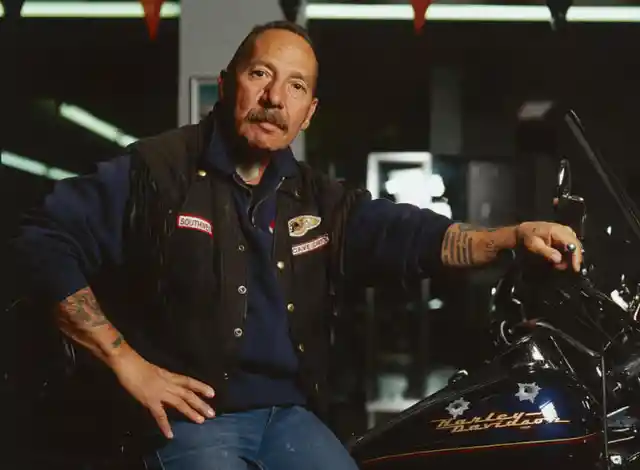
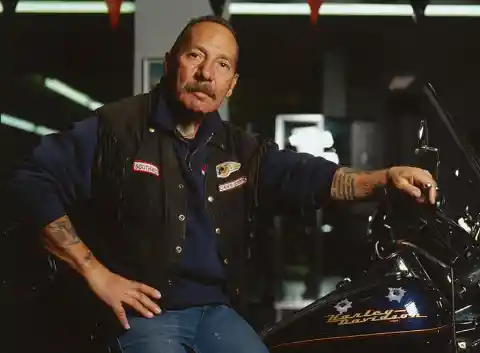
Before becoming a Hells Angel, he was a member of a white supremacist biker gang called SS. He was also the guy that was in charge of the Lennoxville Massacre making him one of the most ruthless leaders in club history. Did you know the Hell’s Angels sued Disney and Toys R Us?
Since the Hells Angels have evolved into a cooperation more so than just a club of guys that like to ride motorcycles, they have been involved in a decent amount of legal affairs. In 2007, the Hells Angels sued Disney for using the logo of the Hells Angels in the film Wild Hogs without their permission.
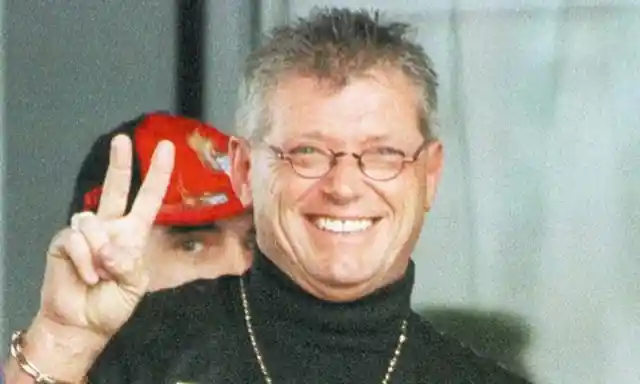

In addition, in 2010, they filed a lawsuit against Alexander McQueen for misuse of the trademark winged death head symbol and Saks Fifth and Zappos.com which sell a ring which bears the symbol. In 2012, the club went on to sue Toys “R” Us for the sale of yo-yos which allegedly had the “Death Head” logo printed on it. These are just a few notable lawsuits out of many that the club has filed for because they take their branding so seriously.
George Christie is the former Hells Angels President of the Ventura, California charter. During his time, he was one of the longest-serving presidents in the history of the club. He left the club in 2001 under some suspicious terms. It was said by some that he was cooperating with the police and therefore in bad standing with the club.
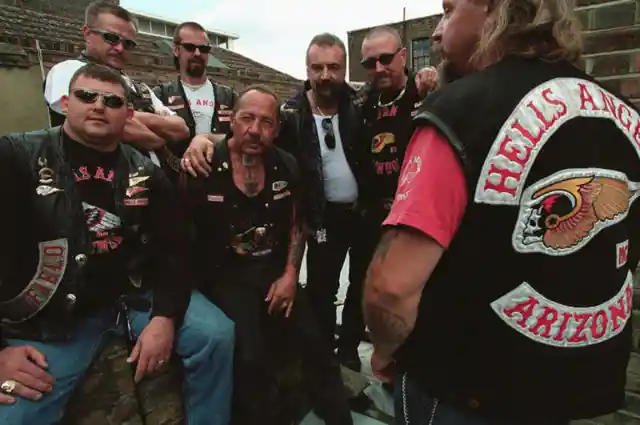
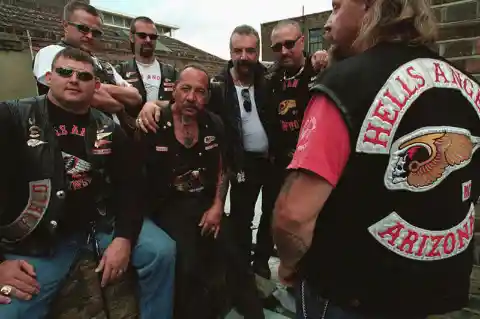
However, in 2013, he was sentenced to a year in prison due to association with a firebombing and the extortion of a tattoo shop in Ventura. He then went on to work with the History Channel show Outlaw Chronicles and is expected to release his own book.
Hells Angels leader George Christie Jr was denied access to the Ventura County Fair back in 2003. That wasn’t the first time either as it happened the year before in 2002 when he attempted to violate the policy which banned gang attire and tattoos.
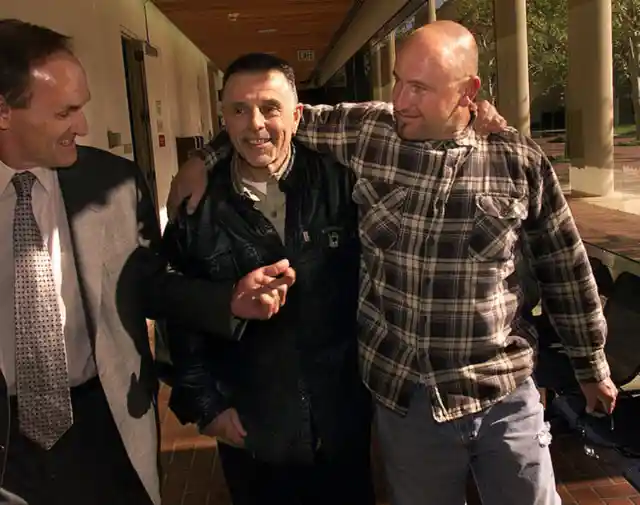
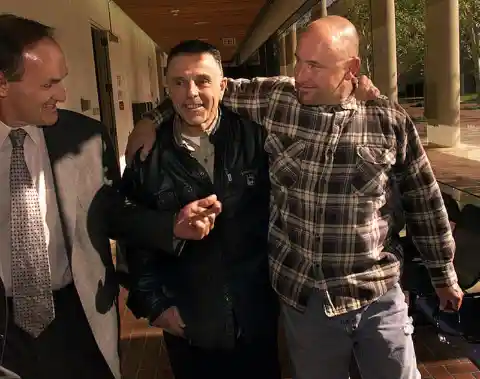
“This is a constitutional thing for one, but it goes far beyond that,” Christie said. “This is not something I take lightly or something I just do on weekends. I’m a Hells Angel 24 hours a day. I’ve dedicated my life to it, and I equate that to religion.” Read on and see what transpired next.
Although he was denied two years straight, the fair officials got the message across that George Christie and the rest of his angels are allowed as long as they don’t wear any club attire. The club quickly cried discrimination.
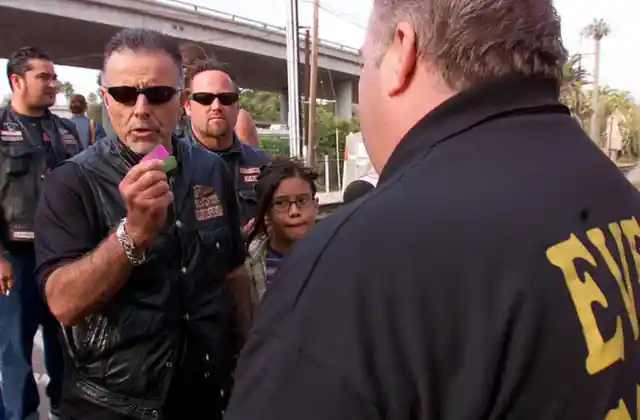
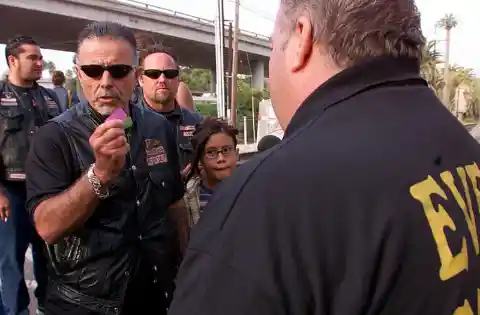
The Hells Angels think they are law-abiding citizens and claim that a motorcycle club shouldn’t be confused with a gang. Christie often supports this claim by referring back to the 2002 ruling where a judge said there was no evidence that the group was a street gang.
Christie must have really wanted to go to this fair. He notified the fair officials days in advance of his arrival. He then took a step further and only took his family with him.
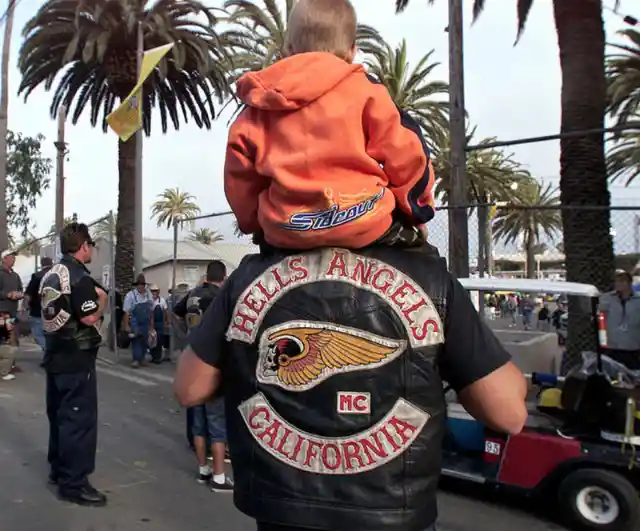
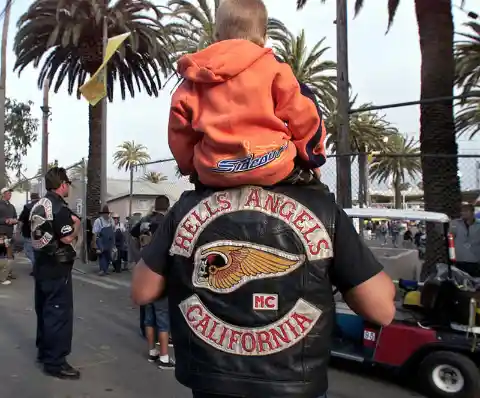
“It’s the contention of the Ventura police that there is going to be some sort of spontaneous problem, some type of violence. I don’t agree with that and tried to show them by going as far as taking just my family,” Christie said. You would think that one would be left off the hook for good behavior like this.”
Otto Friedli was one of the original members of the Pissed Off Bastards of Bloomington Motorcycle Club. He then left the club and is credited as being one of the founding members of the Hells Angels back in 1948.
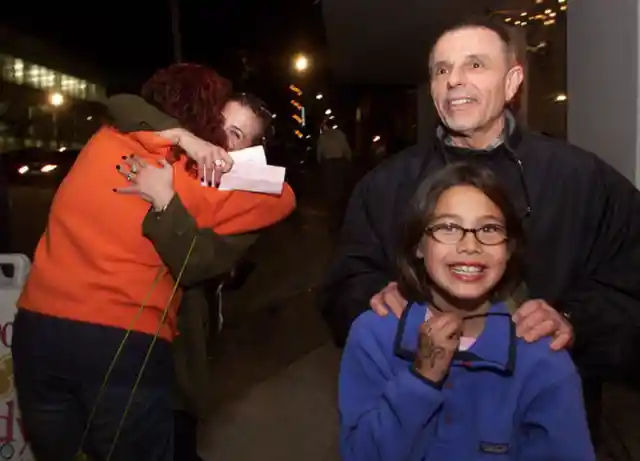
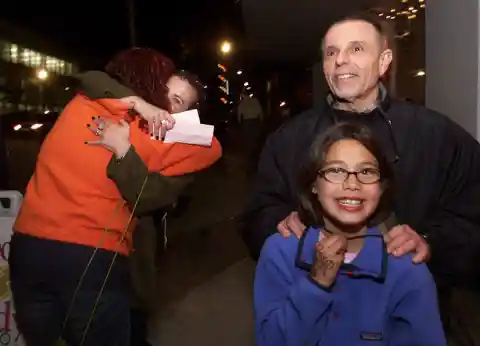
He spent some time as the president of the San Bernardino charter as well as the National President. It wasn’t until Driedli went to prison that Sonny Barger took over as National President of the club. After he was released from prison, he left the Hells Angels on good terms and joined the Black Sheep Motorcycle Ministry.
Terry the Tramp was an old time member of the Oakland, California charter. He was featured in the film Hells Angels 69 as well as well as referenced multiple times in Hunter S. Thompson’s book Hells Angels: The Strange and Terrible Saga of the Outlaw Motorcycle Gangs.
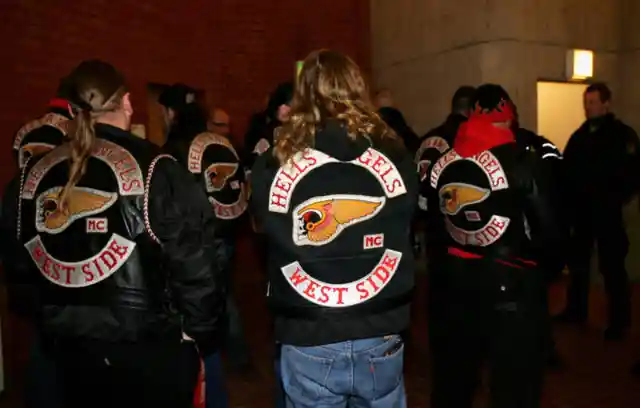
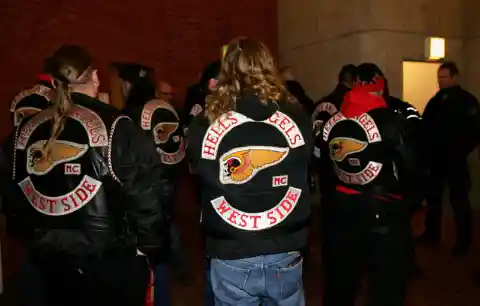
During his time in the club, he made a name for himself and eventually grew into the legend under the presidency of Sonny Barger. Unfortunately, he passed away from a drug overdose at the age of 30 in 1970 but is still an often discussed member and a model for what a Hells Angel should truly be.
Yves Trudeau or “The Mad Bumper” was a former member of the Canadian Hells Angels North Chapter in Laval, Quebec. Due to his addiction to cocaine, he eventually became paranoid and believed that the other members of his club wanted him killed. So, he ended up becoming an informant for the police.
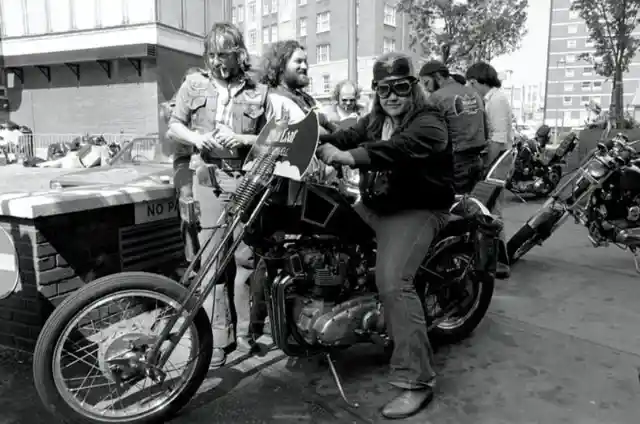
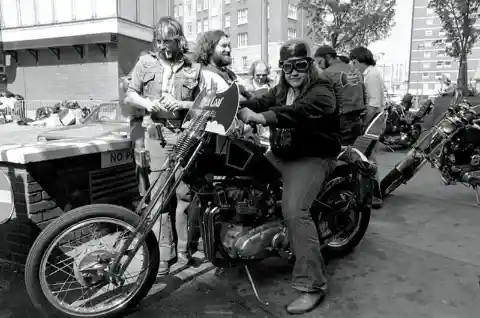
In exchange for a lesser sentence of life in prison with the possibility of parole in seven years, he admitted to the killing of 43 people between September 1973 and July 1985. After his release from prison on parole in 1994, he was given a new name but was arrested in March 2004 for sexually assaulting a young boy and received four more years. He was then diagnosed with cancer and moved to a different prison.
Apparently, Mick Jagger has had his fair shares of close calls over the years. From the drugs to the old girlfriends, he has been there and survived it all. However, there was a time that has been highly secretive until BBC radio uncovered the facts.
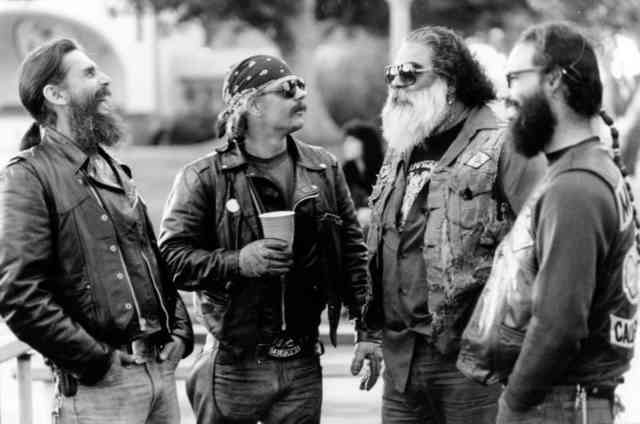
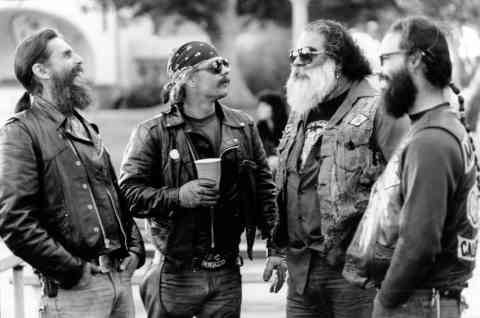
The attack on the Rolling Stones frontman happened in the early ’70s when they were at their peak. The Hells Angels were the one who put the hit on the Jagger. It was a failed assassination attempt that was meant to handle Jagger at his holiday home in the Hamptons according to a former FBI agent.
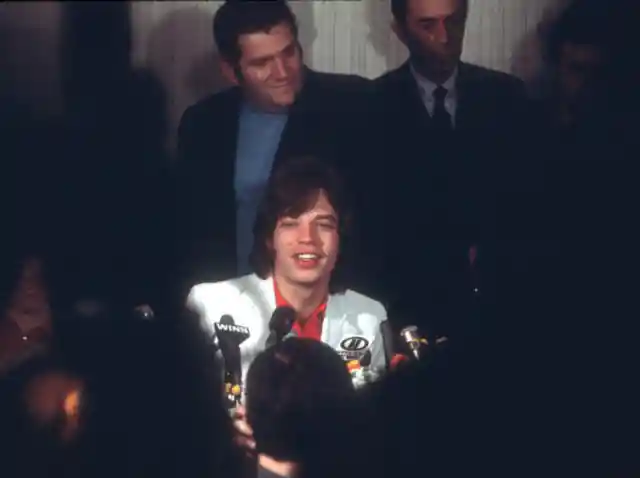
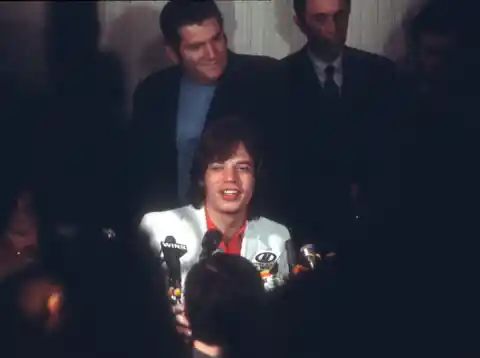
The plan was to sneak up on Mick Jagger undetected from the sea. Now, Hells Angels could be a tough group, but we’re sure they weren’t trained in assassinating. “They planned the attack from the sea so they could enter his property from the garden and avoid security at the front,” says Tom Mangold, a BBC presenter who uncovered the bizarre story for a Radio 4 series on the history of the FBI.
This story just gets crazier by the moment. The men had loaded up in the boat and were prepared to handle the deed. Then, a storm came crashing in and the men were reduced to seafood.


“A group of them took a boat and were all tooled up,” Mangold reported. “But their boat was hit by a storm and all of the men were thrown overboard.” It seems like Jagger had some divine intervention.
The founder of the FBI was convinced that the Hells Angels were a criminal group so he came up with a plan. He made sure that his agents would infiltrate some of the chapters of the gang but only at a great risk.
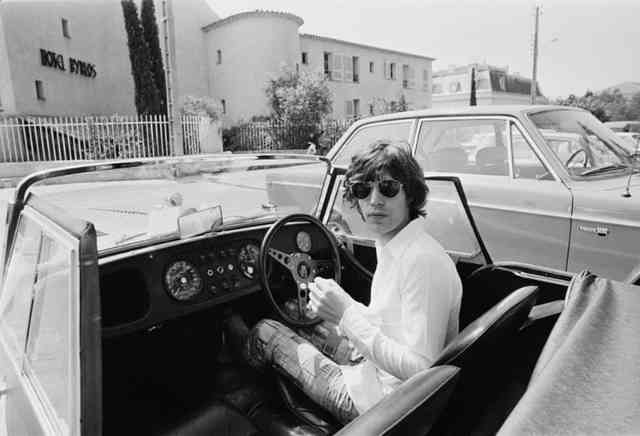
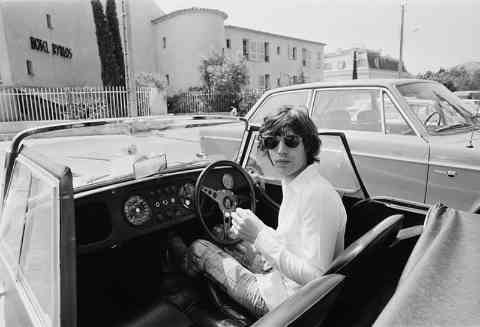
It was one of these agents that found out about the assassination attempt “The FBI only found out about the assassination attempt some time after the fact,” says Tom Mangold.
Even though they found out some time later, it is still helpful that they found it. This gave the FBI more of a reason to want to pursue the Hells Angels. “
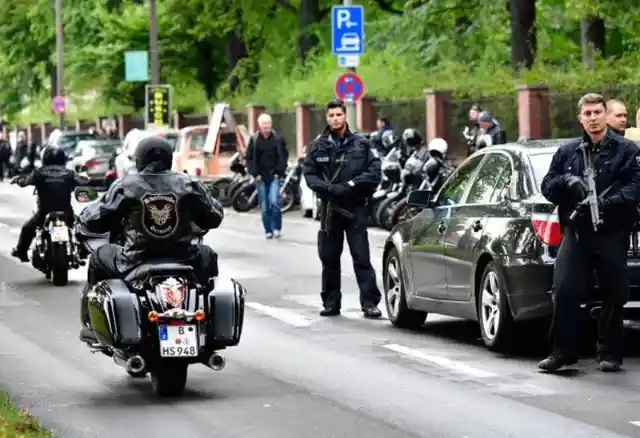
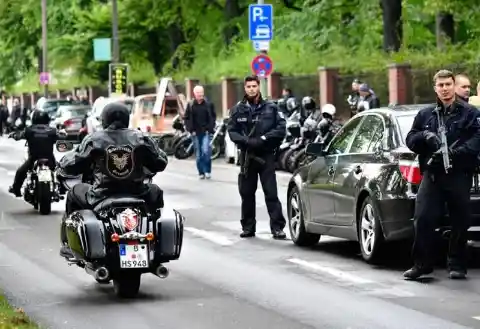
Apparently this agent was told of the attempt and its failed outcome some time after it had occurred, although it was never made clear to him when exactly the attempt on Mick Jagger’s life had taken place,” Tom Mangold said.